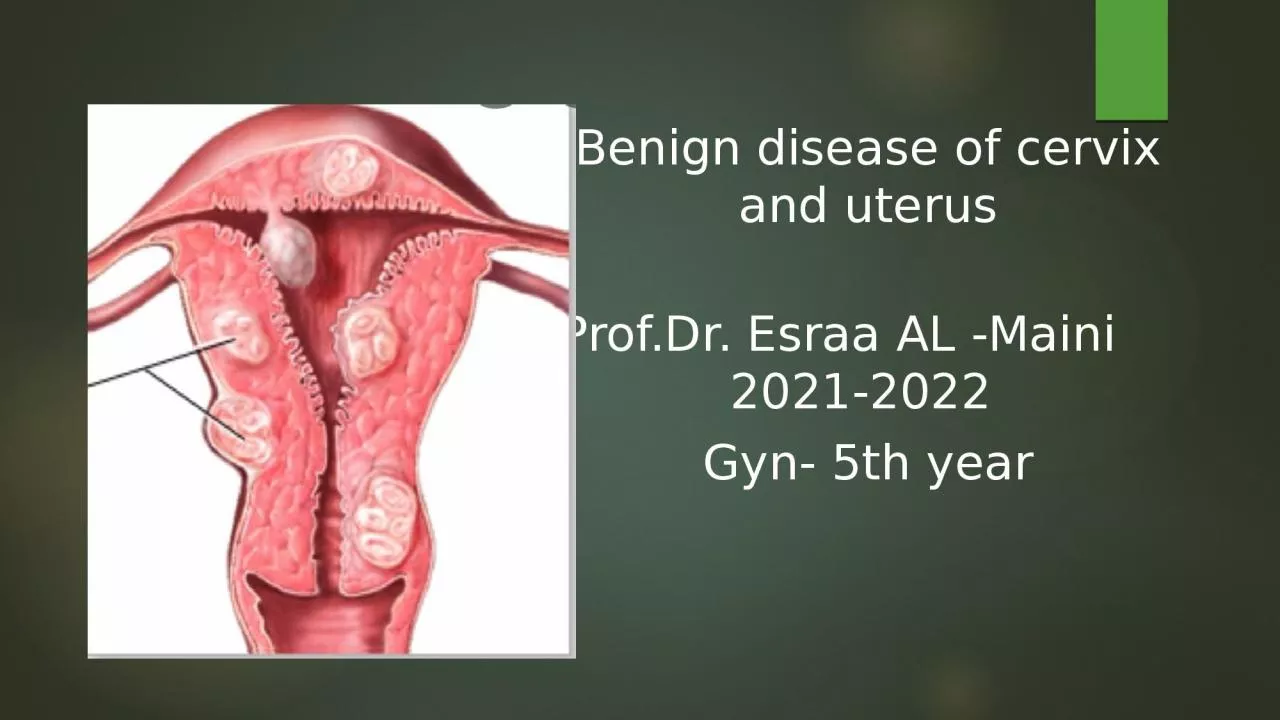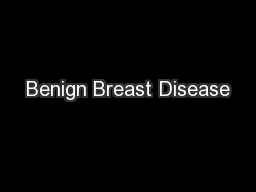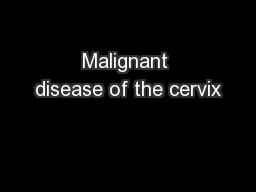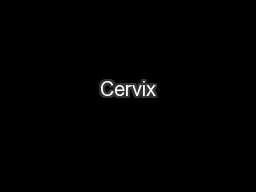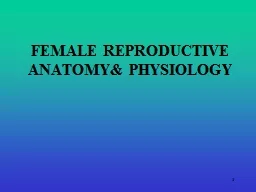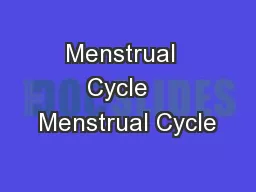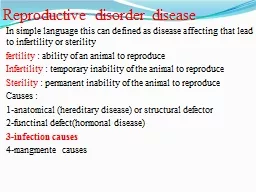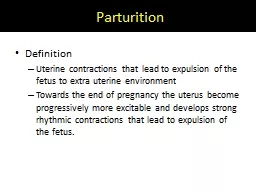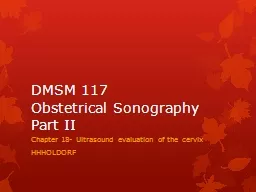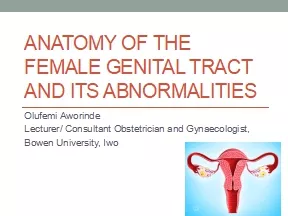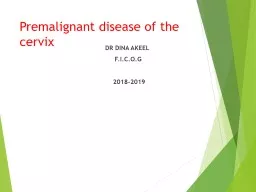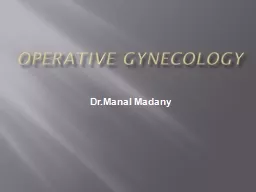PPT-Benign disease of cervix and uterus
Author : Extremejock | Published Date : 2022-08-02
ProfDr Esraa AL Maini 20212022 Gyn 5th year Cervical ectropion Cervical ectropion In women of reproductive age the columnar epithelium replaced squamous epithelium
Presentation Embed Code
Download Presentation
Download Presentation The PPT/PDF document "Benign disease of cervix and uterus" is the property of its rightful owner. Permission is granted to download and print the materials on this website for personal, non-commercial use only, and to display it on your personal computer provided you do not modify the materials and that you retain all copyright notices contained in the materials. By downloading content from our website, you accept the terms of this agreement.
Benign disease of cervix and uterus: Transcript
Download Rules Of Document
"Benign disease of cervix and uterus"The content belongs to its owner. You may download and print it for personal use, without modification, and keep all copyright notices. By downloading, you agree to these terms.
Related Documents

